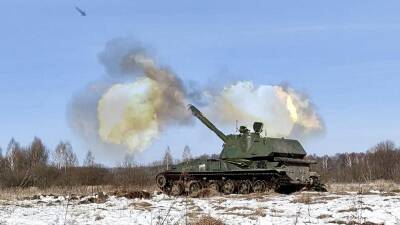Probable Russian debt default unlikely to cause a global financial earthquake
A Russian debt default, the first stage of which could arrive as soon as this week, sounds, in theory, like a major financial event. After all, the last time Russia defaulted – indeed, the only other time since the Bolshevik revolution more than a century ago – was 1998 and chaos was a genuine possibility.
Long-Term Capital Management, an enormous and already-ailing hedge fund, couldn’t handle the explosion in volatility and the general flight to safety in financial markets. Within a few weeks, the US Federal Reserve had to strong-arm 14 Wall Street banks into agreeing a $3.6bn bailout of LTCM to prevent a wider meltdown. The Fed was probably right to fear contagion: LTCM was absurdly over-extended via leverage, and half of Wall Street was over-extended to it.
Thankfully, no such equivalent excitement should follow if Russia goes ahead with its threat-cum-warning to pay investors from “hostile” countries in roubles when a $117m coupon on two dollar-denominated sovereign bonds falls due on Wednesday. Such an action would be a clear default, experts agree: if the bonds specify a payment currency, as they seem to do on this occasion, you can’t choose a different one. Once the 30-day grace period has expired, default becomes formal.
From a contagion perspective though, size is the most important factor. Thinktank Capital Economics calculates that the overall size of Russian foreign currency sovereign debt held by non-residents is only about $20bn, which is not much in a global context. Even if one adds possible defaults to foreigners on domestic bonds, one only gets to $70bn. Argentina defaulted on slightly more in 2020 and didn’t cause a global financial earthquake.
There are two possible risks around the generally relaxed
Read more on theguardian.com














